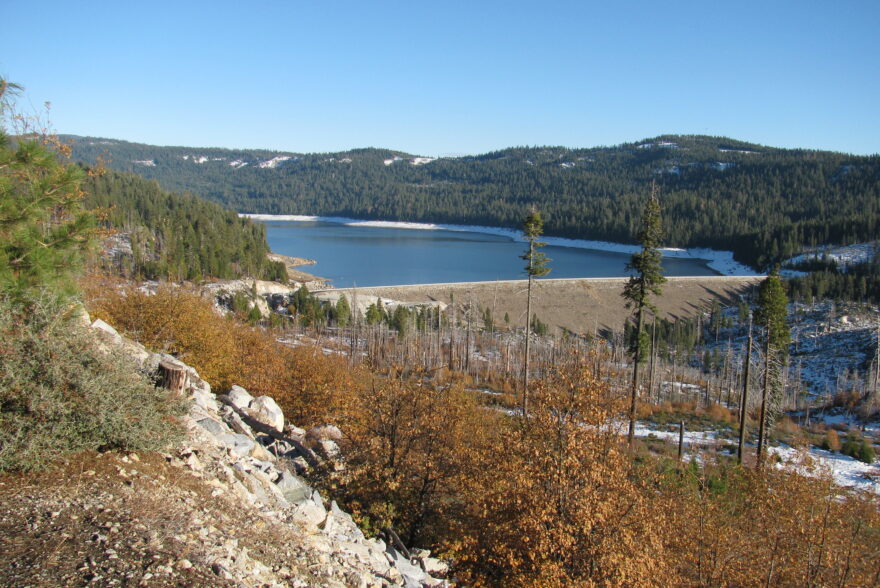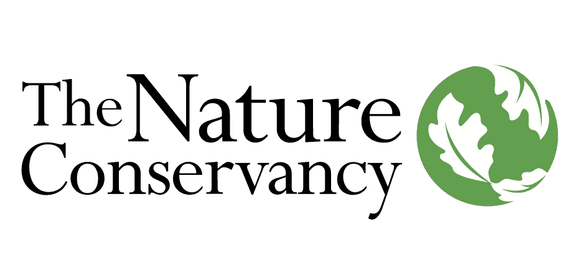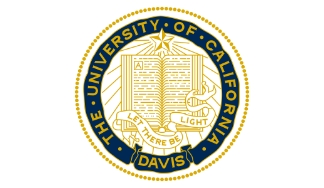Exploring interacting effects of forest restoration on wildfire risk, hydropower, and environmental flows


Forest fires in the western U.S. are increasing in size and intensity, partly due to overstocked forests, a legacy of fire exclusion. Forest restoration can mitigate fire severity and improve ecological health, but funding poses challenges to meaningfully scaling restoration efforts.
Co-benefits of restoration can expand the funding options for forest management. In particular, streamflow enhancement may justify financial participation from water and hydroelectric utilities and environmental organizations. However, most efforts to estimate the value of this benefit do not account for interacting effects of restoration, fire, and operational constraints, including environmental flows. To address this, we coupled multiple models using generalizable techniques in order to quantify the impact of restoration on fire behavior, water yield, and hydropower generation in a California reservoir system subject to real-world constraints. The modeled results show water yield benefits from treatment alone, with greater benefits accruing with a return of low-intensity fire. Average annual runoff with treatment increases by 1.67 to 1.95 thousand acre-feet (1.5 to 1.8%) depending on the fire scenario, creating up to 2880 MWh and USD 115,000 of annual generation and revenue. These modest but non-negligible impacts could account for 8.2–15.8% of restoration costs, supporting the co-benefits model to drive investment in forest management.
Publication: Sustainability
Authors: Benjamin P. Bryant, Tessa Maurer, Phil Saksa, Jonathan D. Herman, Kristen N. Wilson, Edward Smith
Read the 2-page brief here.


